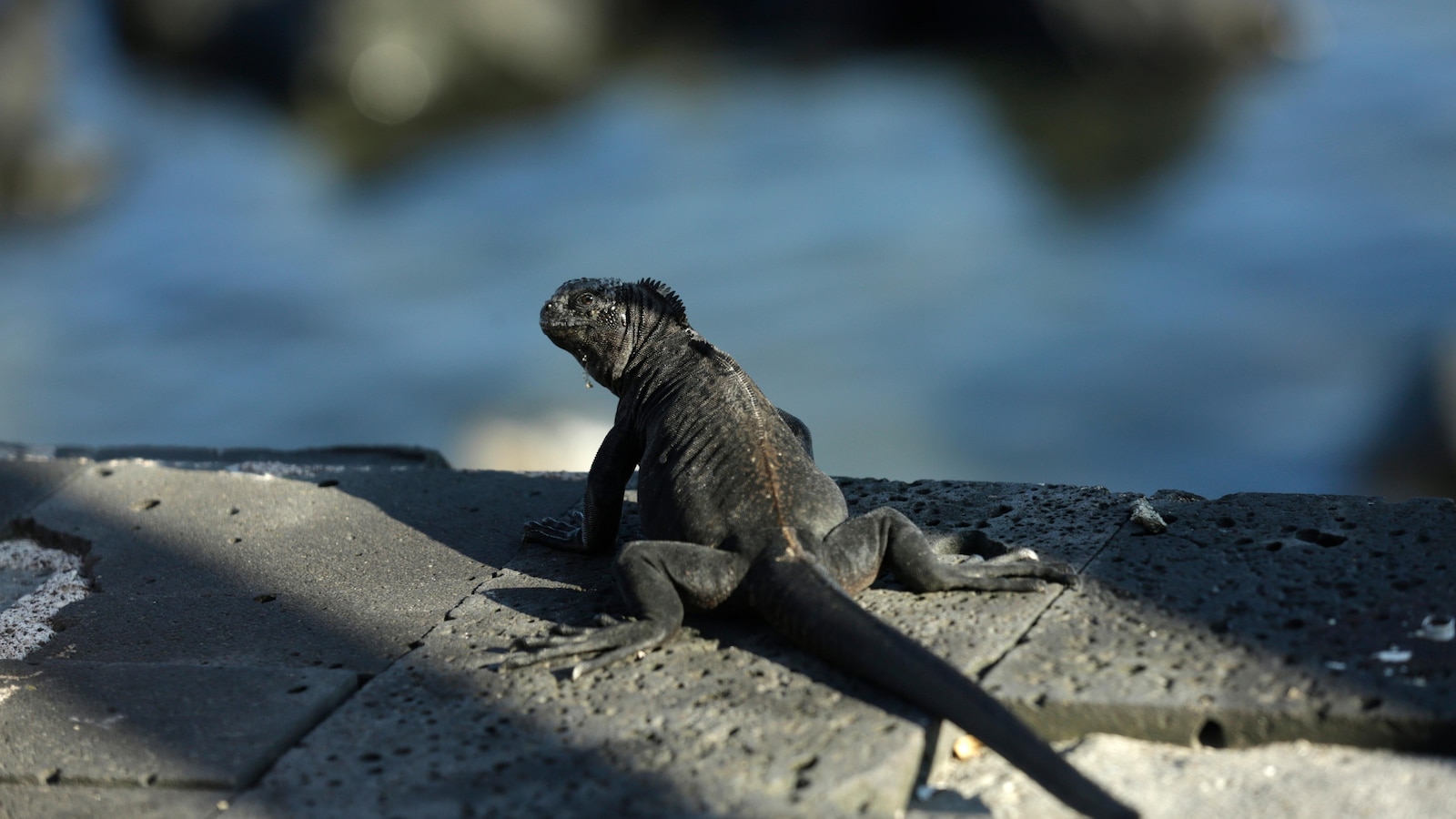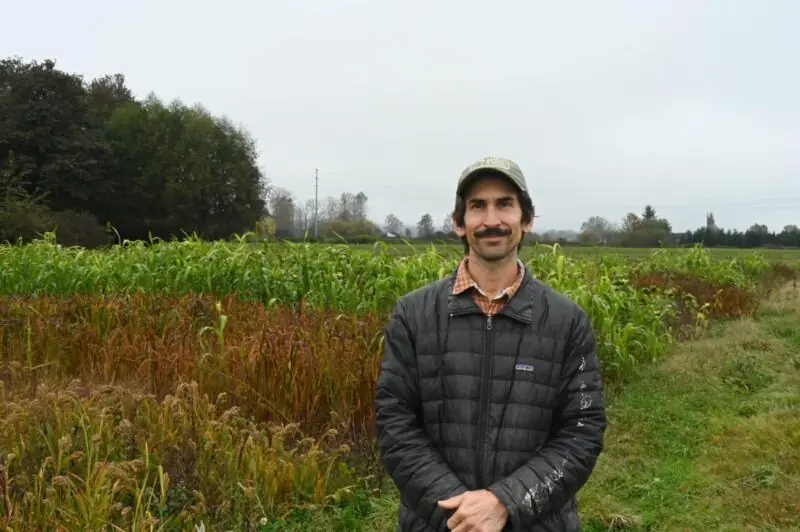Rare Oregon Flower Needs Endangered Species Protection, Petition Urges – Center for Biological Diversity

Report on the Petition to Protect Willamette Phlox and its Alignment with Sustainable Development Goals
Executive Summary
A formal petition has been submitted by the Center for Biological Diversity to the U.S. Fish and Wildlife Service, requesting the inclusion of the Willamette phlox (Phlox hirsuta) under the Endangered Species Act. This action directly addresses the objectives of the United Nations Sustainable Development Goals (SDGs), particularly SDG 15 (Life on Land), by seeking to prevent the extinction of a threatened species and halt biodiversity loss. The decline of this species is indicative of broader ecosystem degradation, impacting multiple sustainability targets.
Species Status and Habitat Degradation: A Challenge to SDG 15
The Willamette phlox is a wetland-dependent flower whose survival is critically linked to seasonally wet prairie and vernal pool habitats. The severe degradation of these ecosystems presents a significant challenge to achieving key environmental SDGs.
- Habitat Loss: The species’ unique wetland habitat in Oregon’s Willamette Valley has been reduced to approximately 2% of its historical range, leaving fewer than a dozen known populations. This directly contravenes SDG Target 15.5, which calls for urgent action to reduce the degradation of natural habitats and halt the loss of biodiversity.
- Ecosystem Dependency: The flower’s lifecycle is dependent on the annual drying of wetlands. The loss of these areas undermines SDG Target 6.6, focused on the protection and restoration of water-related ecosystems.
Primary Threats and Relation to Sustainable Development Goals
The persistence of the Willamette phlox is threatened by several anthropogenic factors that conflict with the principles of sustainable development.
- Land Use Change: Agricultural conversion and urban development are the primary drivers of habitat destruction. This trend highlights a conflict with SDG 11 (Sustainable Cities and Communities), specifically Target 11.4, which aims to protect the world’s natural heritage.
- Pollution and Climate Change: Ongoing pollution and the impacts of climate change place remaining habitats in further jeopardy. These threats challenge progress towards SDG 13 (Climate Action) by degrading ecosystem resilience and SDG 6 (Clean Water and Sanitation) by impacting freshwater systems.
Proposed Conservation Measures and Broader SDG Implications
Granting the petition would initiate federal conservation measures with benefits extending beyond a single species, contributing to a more holistic achievement of the SDGs.
- Habitat Preservation: Federal protection would mandate the preservation of the species’ critical habitat, directly supporting SDG Target 15.1 to ensure the conservation and restoration of terrestrial and inland freshwater ecosystems.
- Ecosystem-Wide Benefits: Protecting the Willamette phlox safeguards an entire wetland ecosystem that sustains numerous other plant and animal species. This approach embodies the interconnected nature of SDG 15, where protecting one species helps maintain the health of the entire biome.
- Policy Integration: The action promotes the integration of biodiversity values into regional planning and development processes, a core component of SDG Target 15.9.
Conclusion
The petition to protect the Willamette phlox is a critical conservation initiative that aligns with the global agenda for sustainable development. By addressing habitat loss, biodiversity decline, and threats from unsustainable development, this action represents a tangible effort to meet the commitments of SDG 15, SDG 6, SDG 11, and SDG 13. Federal protection would not only prevent the extinction of a rare species but also preserve an irreplaceable ecosystem, thereby advancing the United States’ contribution to global sustainability targets.
1. Which SDGs are addressed or connected to the issues highlighted in the article?
The article primarily addresses issues related to the following Sustainable Development Goals (SDGs):
-
SDG 15: Life on Land
This is the most relevant SDG as the article’s central theme is the protection of a threatened terrestrial plant species (the Willamette phlox) and its ecosystem. The goal aims to “protect, restore and promote sustainable use of terrestrial ecosystems… and halt biodiversity loss.” The petition to protect the flower, the discussion of its vanishing wetland habitat, and the call to preserve an entire ecosystem align directly with the objectives of SDG 15.
-
SDG 11: Sustainable Cities and Communities
The article mentions that “urban development” is a primary reason for the elimination of the Willamette phlox’s habitat. This connects the issue to SDG 11, which seeks to make cities and human settlements inclusive, safe, resilient, and sustainable. The unsustainable expansion of urban areas at the expense of natural habitats is a key challenge addressed by this goal.
-
SDG 13: Climate Action
The article explicitly lists “climate change” as a continuing threat that places the remaining habitats in jeopardy. This directly links the survival of the Willamette phlox to SDG 13, which calls for urgent action to combat climate change and its impacts. The vulnerability of this specific ecosystem highlights the broader consequences of climate change on biodiversity.
2. What specific targets under those SDGs can be identified based on the article’s content?
Based on the article, the following specific SDG targets can be identified:
-
Target 15.5: Take urgent and significant action to reduce the degradation of natural habitats, halt the loss of biodiversity and, by 2020, protect and prevent the extinction of threatened species.
The entire article is an embodiment of this target. The Center for Biological Diversity’s petition to protect the “rare flower” under the Endangered Species Act is a direct action aimed at preventing the extinction of a threatened species. The article’s statement, “If the Fish and Wildlife Service doesn’t quickly protect the Willamette phlox… we’re at risk of losing it forever,” underscores the urgency of this target.
-
Target 15.1: By 2020, ensure the conservation, restoration and sustainable use of terrestrial and inland freshwater ecosystems and their services, in particular forests, wetlands, mountains and drylands, in line with obligations under international agreements.
The focus on the “wetland-dependent flower” and its “unique, ephemeral wetland habitats” directly relates to the conservation of inland freshwater ecosystems. The article highlights that these wetlands are critical not just for the phlox but for “a host of other animals and plants that depend on them,” emphasizing the need to conserve the entire ecosystem as per this target.
-
Target 11.4: Strengthen efforts to protect and safeguard the world’s cultural and natural heritage.
The article frames the conservation effort as more than just saving a species; it is about protecting a part of America’s natural legacy. The quote, “Federal protections could help ensure the survival of this irreplaceable part of our natural heritage,” explicitly aligns the issue with the goal of safeguarding natural heritage.
3. Are there any indicators mentioned or implied in the article that can be used to measure progress towards the identified targets?
Yes, the article mentions or implies several indicators that can be used to measure progress:
-
Indicator for Habitat Degradation (Target 15.5): Extent of habitat loss.
The article provides a stark quantitative indicator of habitat loss by stating that the Willamette phlox’s “unique, ephemeral wetland habitats have dwindled to a mere 2% of their historic extent.” Progress would be measured by halting any further reduction and eventually increasing this percentage through restoration.
-
Indicator for Species’ Status (Target 15.5): Number of remaining populations/sites.
The article mentions there are “fewer than a dozen sites where this rare flower still thrives.” This number serves as a baseline indicator. An increase in the number of viable sites would indicate progress, while a decrease would signal a decline.
-
Indicator for Conservation Action (Target 15.5 & 11.4): Legal protection status.
The primary action discussed is the petition to “protect a rare flower called the Willamette phlox under the Endangered Species Act.” The success or failure of this petition is a clear indicator of progress. If granted, the designation would “trigger conservation measures,” which themselves are indicators of protective action being taken.
4. Table of SDGs, Targets, and Indicators
| SDGs | Targets | Indicators |
|---|---|---|
| SDG 15: Life on Land | 15.5: Protect and prevent the extinction of threatened species. |
|
| SDG 15: Life on Land | 15.1: Ensure the conservation and restoration of terrestrial and inland freshwater ecosystems (wetlands). |
|
| SDG 11: Sustainable Cities and Communities | 11.4: Strengthen efforts to protect and safeguard the world’s natural heritage. |
|
| SDG 13: Climate Action | 13.2: Integrate climate change measures into national policies, strategies and planning. |
|
Source: biologicaldiversity.org

What is Your Reaction?
 Like
0
Like
0
 Dislike
0
Dislike
0
 Love
0
Love
0
 Funny
0
Funny
0
 Angry
0
Angry
0
 Sad
0
Sad
0
 Wow
0
Wow
0















































/environment-climate-change-and-health-(ech)/water-sanitation-hygiene-and-health-(wsh)/landfill-tuvalu-36092.tmb-1200v.jpg?sfvrsn=5c21fe40_1#)


.jpg.webp?itok=0ZsAnae9#)

























